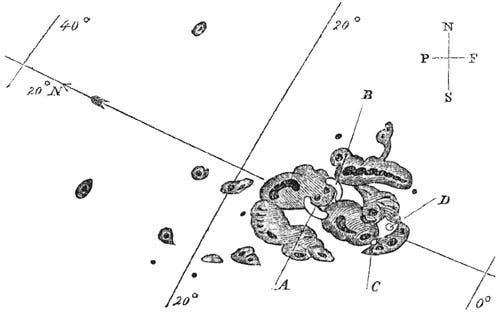A Looming Solar Storm Threat: Understanding the Risks Ahead
Written on
Chapter 1: The Solar Storm Phenomenon
Solar storms have historically caused unexpected disruptions, and with the increasing reliance on technology, a storm comparable to the Carrington Event would have dire implications. Scientists are alerting us to the possibility of an imminent powerful solar storm. What are the potential consequences?

The aurora borealis captivates many, especially those who live outside the polar regions. The enchanting green lights have intrigued humanity for ages, resulting from solar wind interacting with the Earth’s magnetosphere.
For those living at lower latitudes, witnessing the aurora is a rare treat, typically triggered by intense geomagnetic storms that can push the auroras much farther south—sometimes even as far as Texas or the Mediterranean.
A notable instance occurred during the Halloween solar storms of 2003, which produced breathtaking auroras but also caused power outages in Sweden and temporarily disrupted satellites. Observations from spacecraft across our solar system, including Voyager 2, recorded the effects of this event. Fortunately, the impact was relatively minor compared to historical precedents, providing a unique viewing opportunity for those fortunate enough to witness it.
But what if we face a significantly more severe solar storm?
Section 1.1: The Carrington Event and Its Impact
The most catastrophic solar storm recorded took place from September 1 to 2, 1859. British astronomer Richard Carrington documented substantial sunspots shortly before a formidable solar storm barreled toward Earth.
While spectacular auroras lit the skies in places like Mexico and Queensland, the aftermath was devastating. Telegraph systems worldwide collapsed, shocking operators and igniting fires in telegraph offices. This event, famously known as the Carrington Event, was named in honor of Carrington, who witnessed the sunspots just before a massive coronal mass ejection (CME) erupted.
Subsection 1.1.1: Understanding Solar Storms
CMEs are generated when vast amounts of plasma are expelled from the Sun, traveling at speeds of hundreds to thousands of kilometers per second. During peak solar activity, up to three CMEs can occur daily, often accompanied by solar flares. A geomagnetic storm arises when a CME's magnetic field interacts with Earth’s own magnetic field.

For most of the time, the Sun is a stable star, providing just enough warmth to sustain life on Earth. However, the consequences of a CME like the one in 1859 would be catastrophic in today's world, where electricity is ubiquitous.
Experts express concern over increased sunspot activity, especially considering that a decade ago, a CME nearly impacted our planet. Predictions suggested that the 2012 CME had the potential strength of the Carrington Event, which could have paralyzed global electrical systems and required a decade for recovery.
Section 1.2: An Increasing Risk
As we approach a peak in solar activity over the next 20 years, the likelihood of a powerful solar storm striking Earth increases. Unfortunately, predicting a harmful CME is challenging, despite the Sun's predictable 11-year cycle. Recent years have seen heightened solar activity, with numerous eruptions occurring over the past 18 months.
In early August, a solar storm disrupted radio communications across North America, and new sunspots have recently appeared on the Earth-facing side of the Sun. While the probability of experiencing another Carrington Event remains low at this moment, the inevitability of such an event looms on the horizon.
Chapter 2: Exploring the Threat of Solar Storms
The first video discusses the potential impact of a significant solar storm, detailing how it could affect our planet and technology.
The second video explores the effects of a massive solar storm on Earth, illustrating the potential threats to our modern infrastructure.